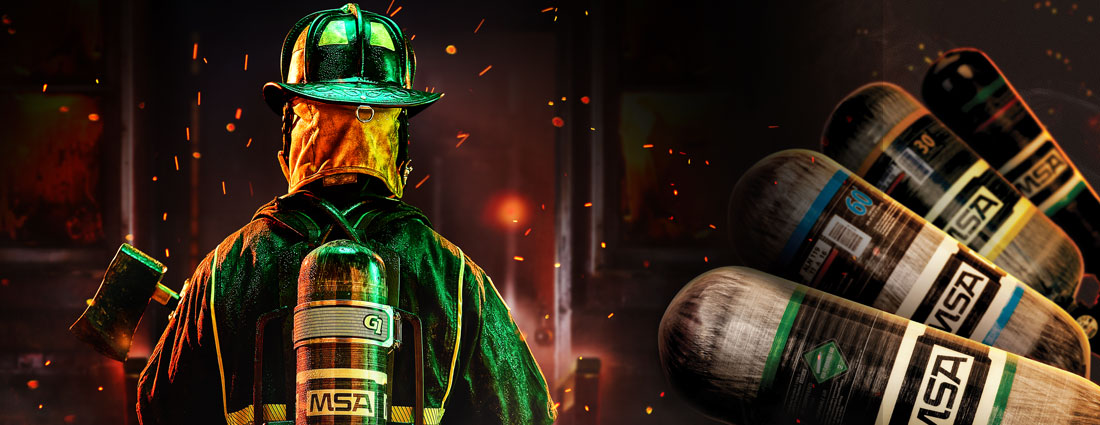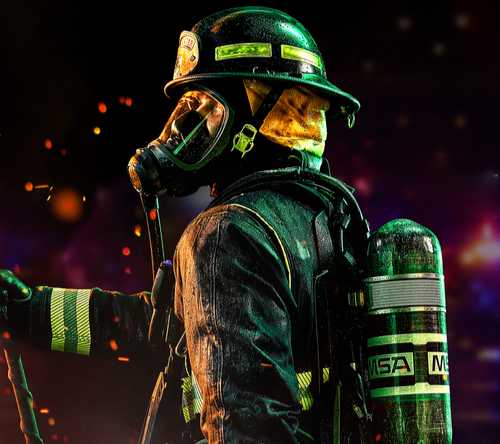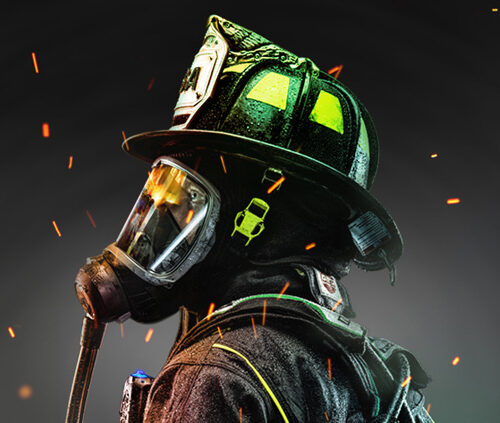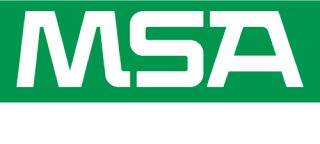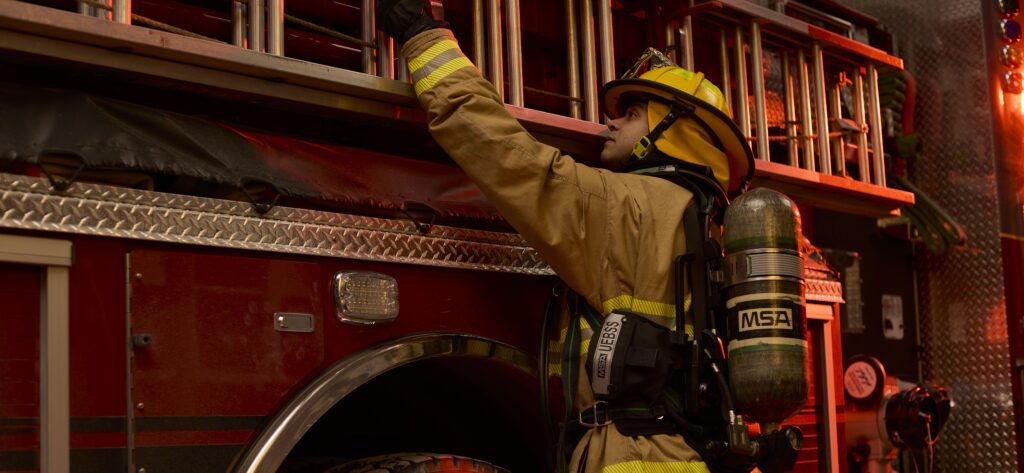
Self-contained breathing apparatus (SCBA) that are manufactured for firefighting applications are certified to safety and health standards worldwide. Several organizations set forth requirements and standards for certification.
NIOSH
In North America, SCBA designed for firefighters are certified by the National Institute for Occupational Safety and Health or NIOSH. NIOSH, a U.S. federal agency, conducts research to provide recommendations for work-related injury and illness, with a goal of promoting a healthy and safe workforce. NIOSH is part of the U.S. Centers for Disease Control and Prevention within the U.S. Department of Health and Human Services.
NIOSH partners with the Occupational Safety and Health Administration or OSHA, part of the U.S. Department of Labor. OSHA develops and enforces workplace safety and health regulations. Per OSHA, NIOSH has the authority for testing and certification of respiratory protective devices per Code of Federal Regulations or 42 CFR Part 84 Respiratory Protective Devices.
NFPA
In addition to NIOSH certification, manufacturers may seek voluntary compliance from the National Fire Protection Association or NFPA, an international non-profit advocate that seeks to minimize fire’s risk and effects. NFPA publishes more than 300 consensus codes and standards to establish criteria for building, processing, design, service, and installation in the U. S. and globally.
NFPA 1981: Standard on Open-Circuit Self-Contained Breathing Apparatus (SCBA) for Emergency Services, now part of the consolidated NFPA 1970 standard, concerns SCBA compliance. At times, NFPA and NIOSH issue joint certification of SCBA and specific components.
42 CFR Part 84 is the first NIOSH approval NFPA compliant sought for the North American market by firefighting and industrial SCBA manufacturers. This federal regulation provides basic minimum approvals for complete SCBA systems (facepiece, regulator, electronics, cylinder, carrier and harness, and associated components) used within immediately dangerous to life or health, or IDLH, atmospheres in occupational settings.
NIOSH does not certify individual SCBA components. NFPA 1981 (voluntary compliance) is an additive standard that pushes firefighting SCBA to a higher performance level; however, SCBA must be 42 CFR Part 84-approved prior to obtaining NFPA 1981 compliance.
NFPA 1982 Standard on Personal Alert Safety Systems (PASS), also part of the consolidated NFPA 1970 standard, is a separate standard that details design and performance requirements for electronic devices meant to alert those in close proximity as to a man-down situation. NFPA 1982 is stand-alone in that it is not required for SCBA to be NFPA 1981-compliant.
SCBA designated for use within chemical, biological, radiological, and nuclear or CBRN atmospheres must be both NIOSH 42 CFR Part 84-certified (this approval includes CBRN) and NFPA 1981-compliant.
Manufacturers of high-quality, comprehensive firefighting SCBA for the North American market are likely to seek NIOSH 42 CFR Part 84 approvals, and NFPA 1981 and NFPA 1982 compliance.
For information about the MSA G1™ SCBA XR Edition, click here.
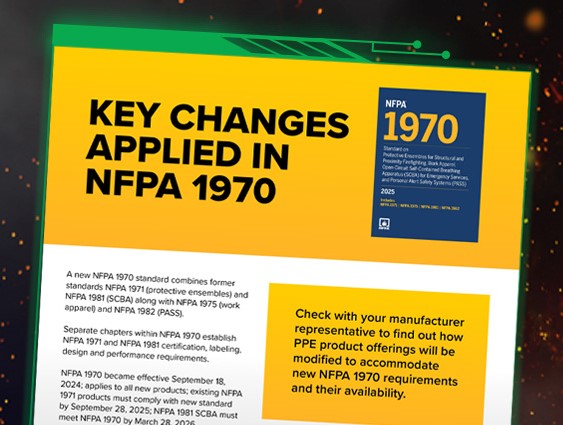
Key Changes Applied in NFPA 1970
Download this infographic to learn key changes applied in NFPA 1970 for protective ensembles, turnout gear, helmets, gloves, footwear, hoods, and SCBA.
DOWNLOAD INFOGRAPHIC


